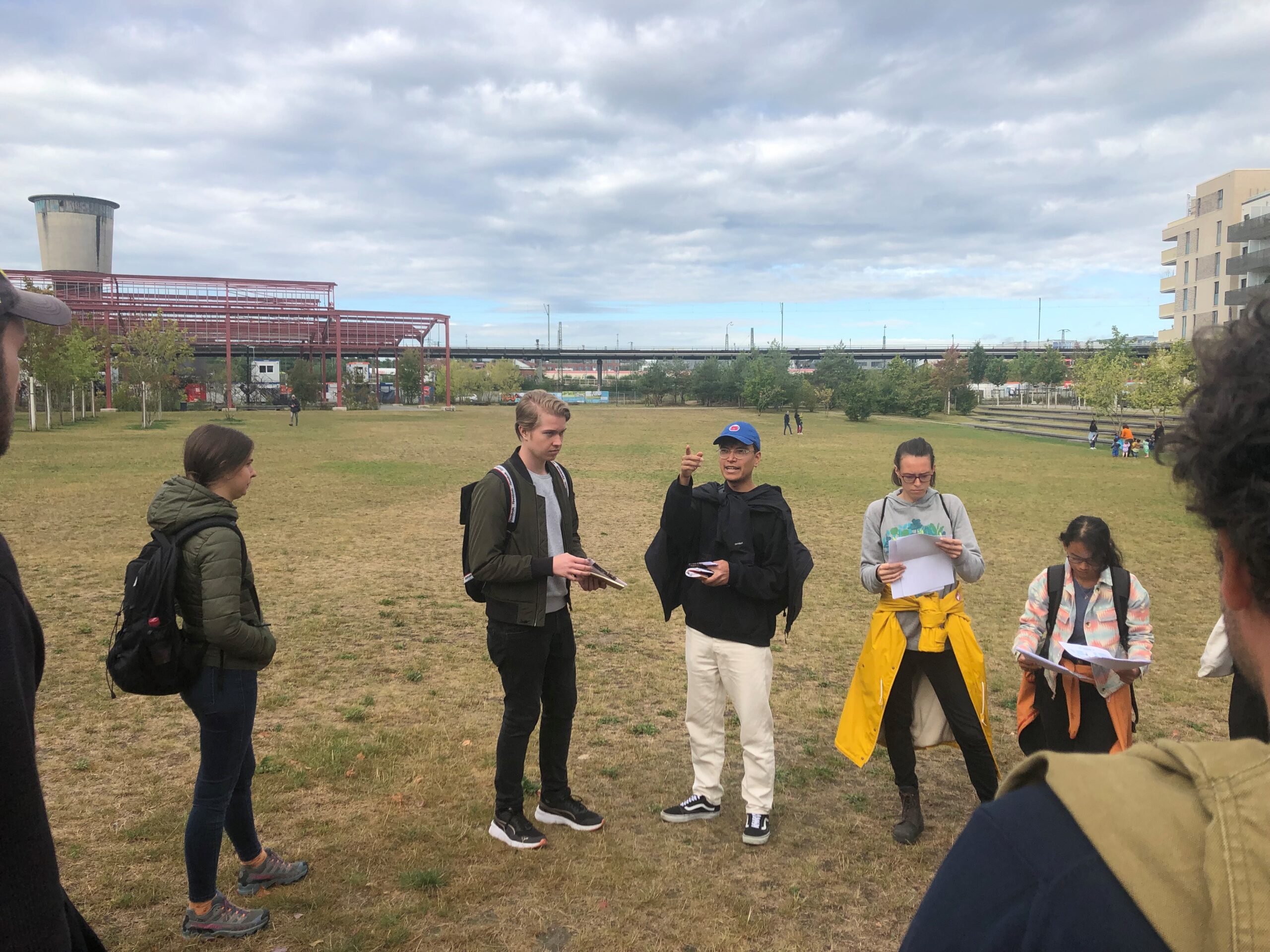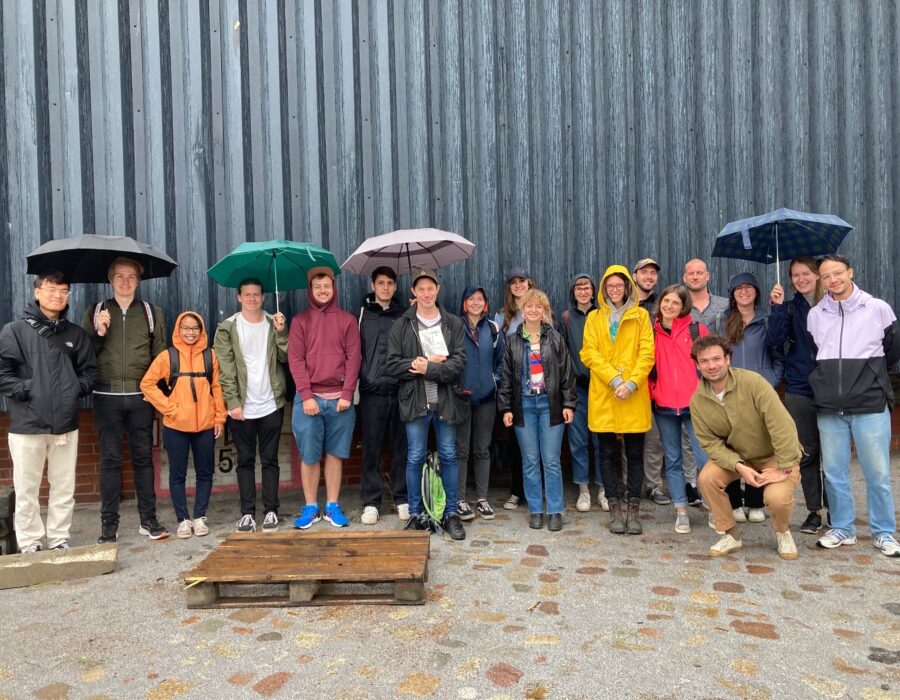Expert excursion Germany: Urban neighborhood concepts in Germany put to the test - how sustainable are they?
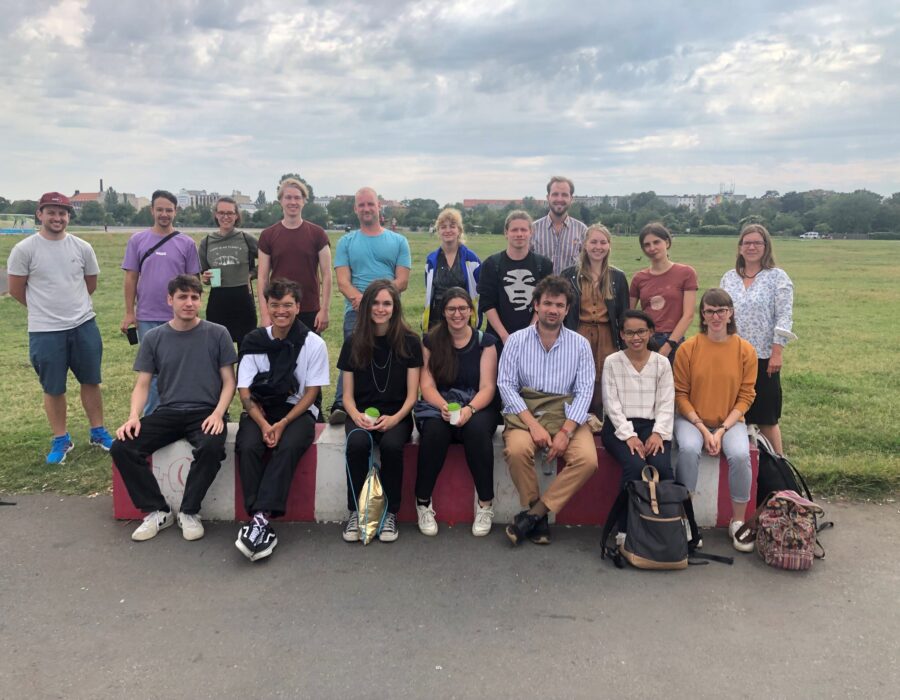
From September 4 to September 11, 2022 the professional excursion Stadtquartierskonzepte in Deutschland auf dem Prüfstand – wie nachhaltig sind sie? took place under the direction of Kerstin Krellenberg, supported by Marie-Luise Lochmann. In the course of the excursion, students of the master’s programs in Spatial Research and Planning, Geography, Teaching UF Geography and Economic Education and other disciplines dealt with recently completed as well as currently planned urban quarters in Leipzig, Berlin and Hamburg. The aim was to critically examine approaches to sustainable urban development using selected urban neighborhoods as examples.
Urban sustainability in neighborhood concepts
Nowadays, cities are confronted with a variety of challenges and associated problems. In this context, there is an opportunity in newly planned urban development areas to think together sustainability aspects such as resource efficiency, climate adaptation, mixed housing options and multifunctionality from the outset and to implement corresponding measures effectively. This requires an integrated approach. Whether this is being done on the planning side was examined using the total of six urban neighborhoods visited on site. The students worked intensively in three groups on one neighborhood each in advance and planned exciting presentations on site. Experts were brought in by , but also city walks, mapping or role plays were organized. The extended supporting program of the excursion with exhibitions, film evening, scientists’ dinner, etc. was also dedicated to the city quarters.
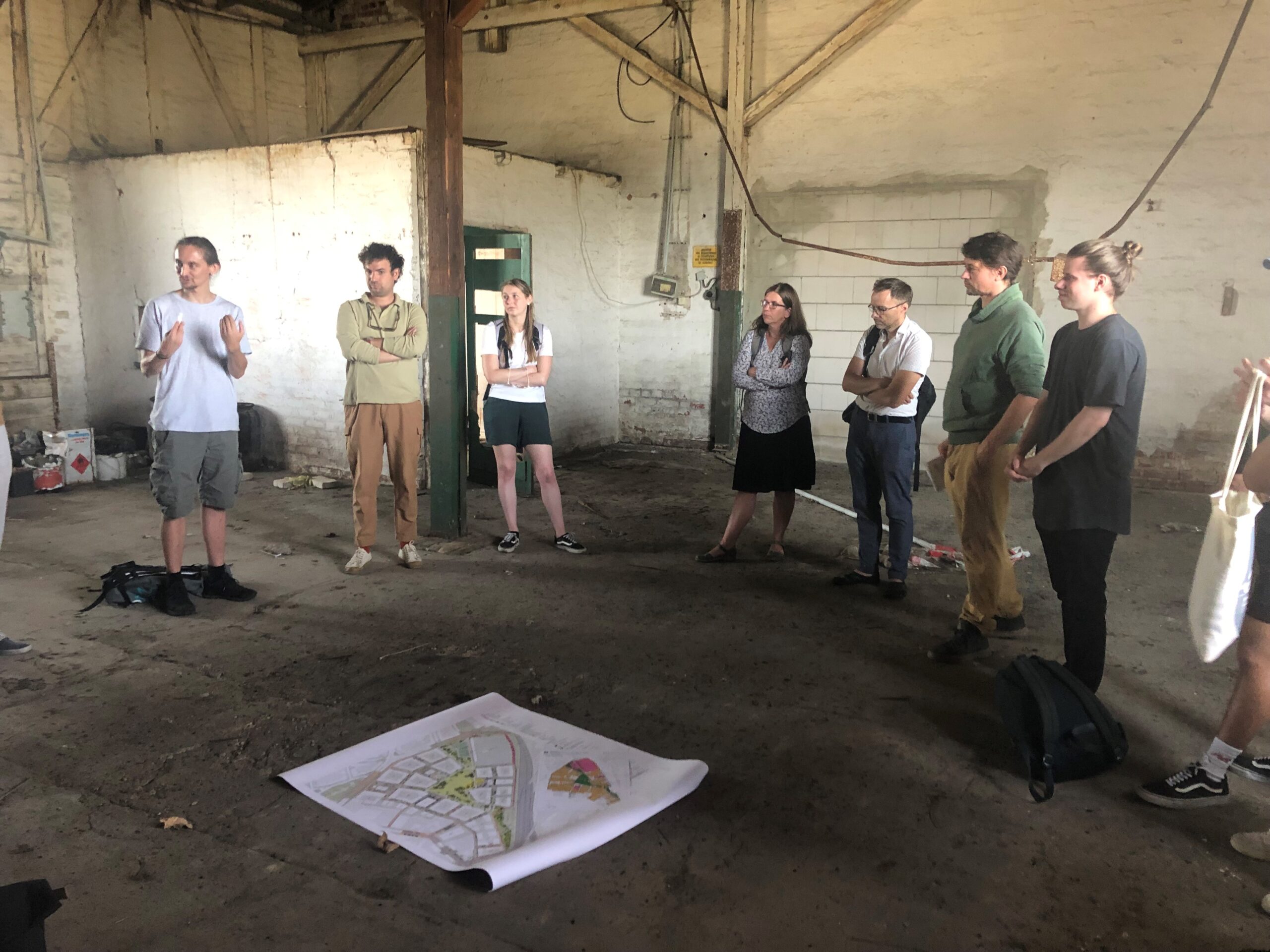
Leipzig - Berlin - Hamburg
The excursion started off in Leipzig, a city in the east of Germany. In contrast to the cities of Berlin and Hamburg, which were also visited, Leipzig is not a city of millions. However, after a phase of shrinkage, its population is steadily increasing in recent years.
One of the urban quarters visited on site was the site of the former Eutritzscher Freiladebahnhof. Here, a new urban quarter is to be created on an area of around 25ha in accordance with the guideline “Leipzig grows sustainably” (Leipzig Urban Development Concept 2030).
The group received a lot of information here from a representative of the city planning office as well as scientists from the Helmholtz Center for Environmental Research. The Leipzig student group toured the “Bayrischer Bahnhof” urban development area in the south of the city. Another example of an urban quarter in planning on a former railroad station site.
In Berlin, the responsible student group led a tour of the “Neue Mitte Tempelhof”. Here, further residential development as well as cultural and leisure facilities are to be built in the existing urban quarter. In addition, the excursion participants visited the “Europacity” next to the Tempelhofer Feld, which is located directly adjacent to the main station. The project is mostly completed. A visit with an expert from the initiative “On the edge of Europacity” provided interesting insights.
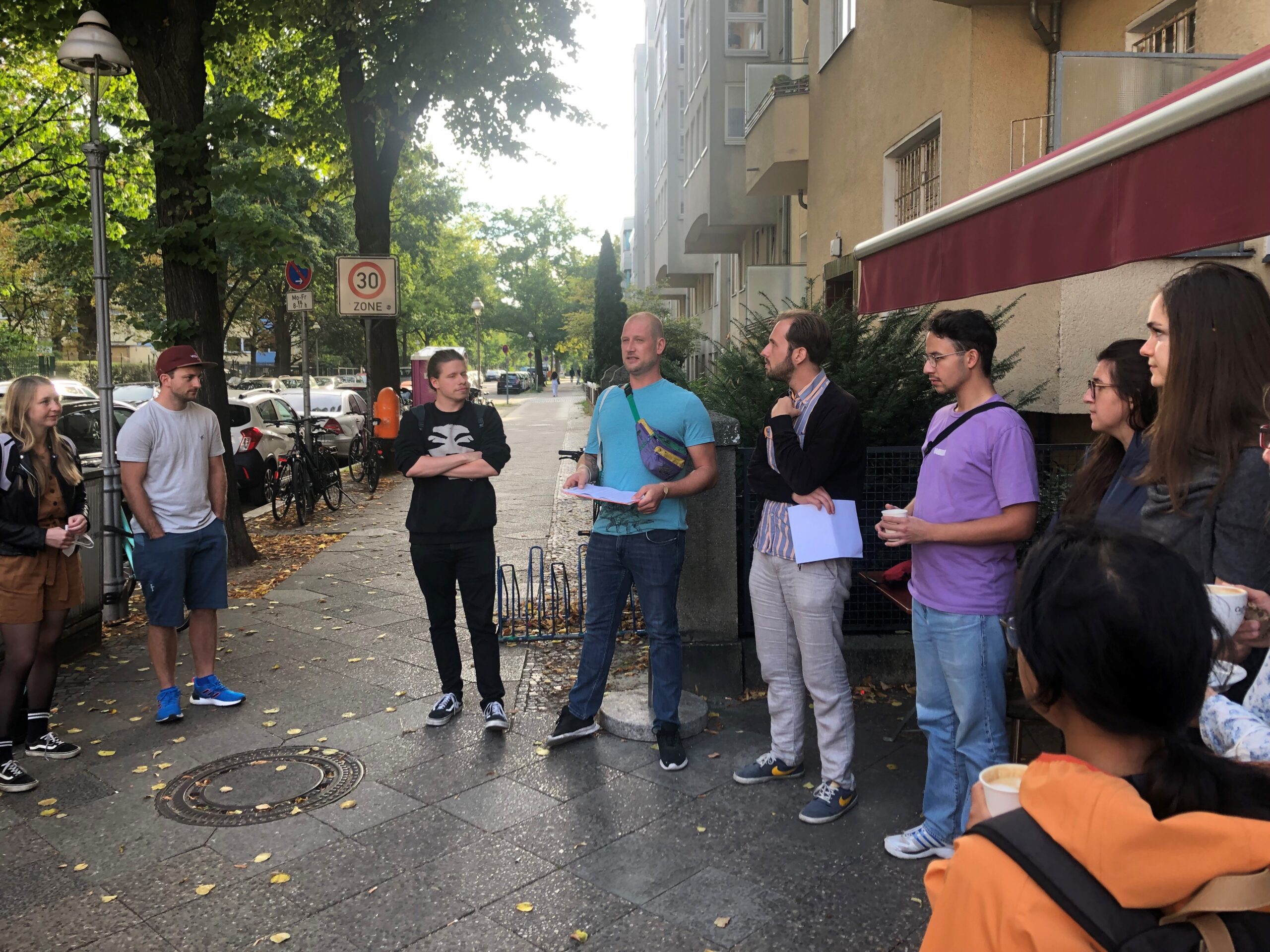
At the third and last excursion site, in Hamburg, the responsible student group presented the “Neue Mitte Altona” project, which is also almost completely finished.
Other excursion sites included the “HafenCity” district project, which, like the “Neue Mitte Altona”, is intended to contribute to a “green, equitable, growing city on the waterfront” according to Hamburg’s 2030 urban development concept.
During the excursion, the group met various urban actors (planners, investors, citizens’ initiatives and scientists), which promoted the examination of the projects from different perspectives and gave the students the opportunity for exchange and discussion with experts.
